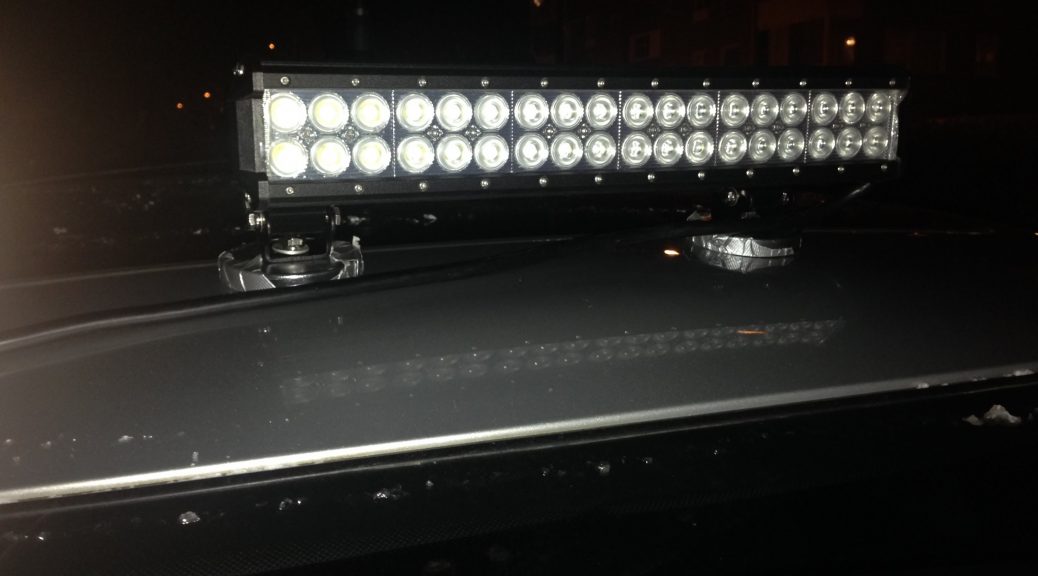Work lights play a crucial role in providing proper lighting for jobsites, workshops, garages, and other work environments. Traditional incandescent and halogen work lights have served maintenance crews, contractors, and DIYers for decades. However, LED lighting technology has disrupted the portable work light market by offering significant advantages over older lighting sources. LED work lights have now become the new standard for jobsite illumination due to their high efficiency, long lifespan, durability, and versatility.
Energy Efficiency and Low Operating Costs
One of the biggest advantages of LED work lights is their excellent energy efficiency. Traditional incandescent work lights waste over 90% of the energy they consume as heat. Halogen work lights are more efficient than incandescents but still dissipate a significant portion of energy as unwanted heat. LED lights, on the other hand, convert over 90% of the energy they consume directly into usable light output.
The high efficiency of LEDs directly translates to huge savings on operating costs. A single LED work light will consume a fraction of the energy needed to power an equivalent halogen or incandescent model. For example, a 150-watt halogen work light may only require a 20-watt LED replacement to produce similar light levels. Over the lifetime of the work light, those energy savings multiply significantly.
For professional contractors and jobsite managers, the reduced energy consumption of LED Work Lights lowers overall electricity bills. It also means less time spent replacing or recharging batteries. The payback period for upgrading to LED work lights from older technologies is usually only a few months due to their dramatically lower operating expenses.
Lifespan and Durability
Another major attribute of LED work lights is their extreme lifespan and durability. Traditional incandescent and halogen bulbs typically last only 500-1000 hours before burning out. LEDs, on the other hand, are rated to operate for over 30,000 hours, which equates to over a decade of daily use.
The lifespan advantage offers huge benefits for jobsite applications. With LED work lights, fixture replacements will be needed far less frequently, reducing downtime and maintenance costs. This is particularly valuable for contractor fleets that rely on work lights daily. The long-lasting nature of LEDs also makes them a reliable choice for intermittent usage in areas like basements, attics, garages, and workshops that may only see occasional use.
In addition to their extreme lifespan, LED work lights are also highly durable mechanically. The solid state LED modules are resistant to vibrations, impacts, moisture, dust, and temperature extremes that cause conventional light sources to fail prematurely. This makes LED work lights a rugged choice for tough jobsite conditions. Some high-end models even carry waterproof and dustproof ratings to withstand outdoor environments.
Versatility of Form Factors
Traditionally, work lights were offered mainly in fixed headlamp or floodlight styles. However, LED technology has enabled an enormous variety of innovative form factors ideal for different applications. Popular choices today include:
– Headlamps – Convenient for hands-free lighting. Some even feature built-in battery packs.
– Stick/Tube Lights – Flexible tubes that can clip or magnetize anywhere for accent lighting. Ideal for tight spaces.
– Panel Lights – Rigid panel shapes ideal for mounting under cabinets or eaves.
– Floodlights – Traditional stand or swivel-head designs offering wide area illumination.
– Strip Lights – Flexible LED strips that can be wrapped around objects for indirect lighting.
– Motion-Activated Security Lights – Trigger on with motion to deter intruders away from dark worksites.
The expanded versatility of LED work light designs means there is an optimized solution for virtually every jobsite or workspace. Combining multiple specialized lighting types covers all areas efficiently.
Adjustable Output and Colors
Traditional work lights provided a fixed light output and color temperature. LED options now feature advanced digital controls allowing variably adjusted light levels from dim to bright. Some high-end LED work lights even provide multiple color temperature settings from warm white to cool daylight.
Being able to tailor light output for the task at hand offers tremendous advantages. For example, mechanics can switch between brighter settings for general work and dimmer accent lighting for tight spaces. Contractors appreciate the ability to select warmer tones for evening work or cooler white light resembling natural daylight. Advanced LED work lights have transitioned lighting from a fixed variable to a fully customizable tool.
Thanks to their energy efficiency, long life, rugged durability, and versatile form factors – LED technology has raised the bar for worksite illumination. Contractors, job sites, maintenance crews, and DIYers now demand the performance attributes that only LED work lights can deliver. With lower long-term costs and maintenance requirements, upgrading to LED is a no-brainer decision. As LED lighting continues to improve while decreasing in price, these innovative work lights will establish themselves as the new gold standard for illumination in industrial and commercial applications for many years to come.
*Note:
1. Source: Coherent Market Insights, Public sources, Desk research
2. We have leveraged AI tools to mine information and compile it

